Angela J. Hanscom
While I advocate free outside play, I surprised myself when my first reaction to Angela Hanscom’s recommendation that children have three hours of free outside play a day was, “that’s not going to happen”. And yet that is how most of the parents of today’s children grew up and how almost all of their grandparents grew up.

I am writing this after spending most of my day outside in the yard. I did what I wanted to do, when I wanted to do it, and how I wanted to do it – a fairly good definition of play. It wasn’t an organized sport at a scheduled time with people telling me what to do and judging how I did it. It was for my satisfaction. And the smells. Do you know what people and clothing smell like when they come in from outside? It is a subtle, ephemeral sensation that is nothing like fabric softener. We can’t top nature or even match it for that experience.
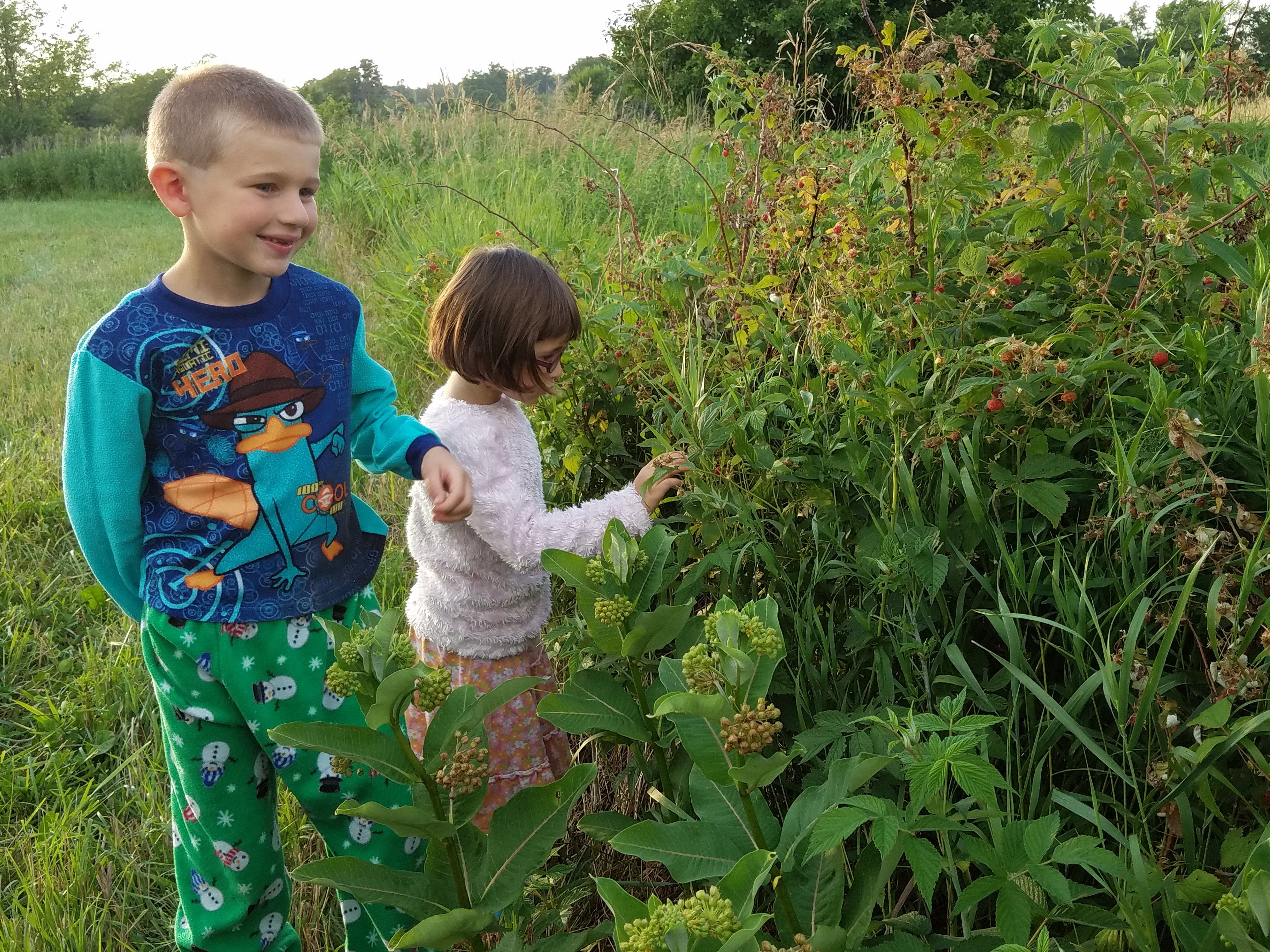
I am not advocating that we go back to a “simpler time”. I am arguing that the pendulum has swung too far. While the world has changed, the developmental needs of children have not changed and most of the skills that children need to develop also have not changed. Using technology is a surface change. It doesn’t change the core needs of learning about ourselves, to use judgment, to inhibit our impulses, and to make decisions and live with the consequences. It has not changed the importance – or challenge – of getting along with others, nor has this gotten any easier to learn to do. Angela Hanscom’s thoughts about these issues are as follows….
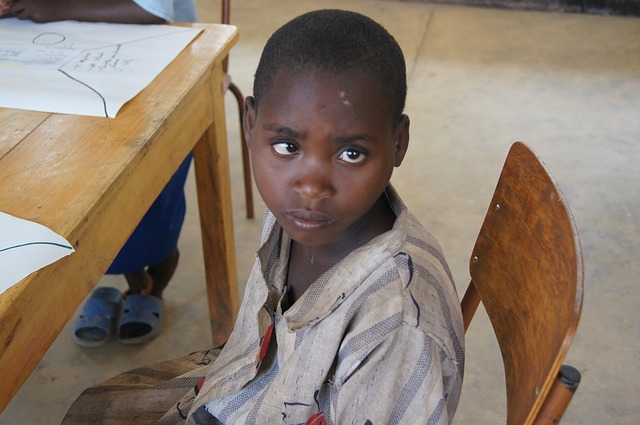
One problem that many therapists are seeing today, as opposed to thirty years ago, is that more and more children have trouble using the muscles of their eyes in unison, say to scan a room to find an object or to read a book accurately. Oftentimes, these vision problems go undetected, and children struggle in all aspects of their schoolwork. Typically, schools only assess a child’s ability to read letters or numbers off a chart. This tests their visual acuity. However, it is rare for schools to assess children’s ability to track and scan and effectively use their eye muscles.
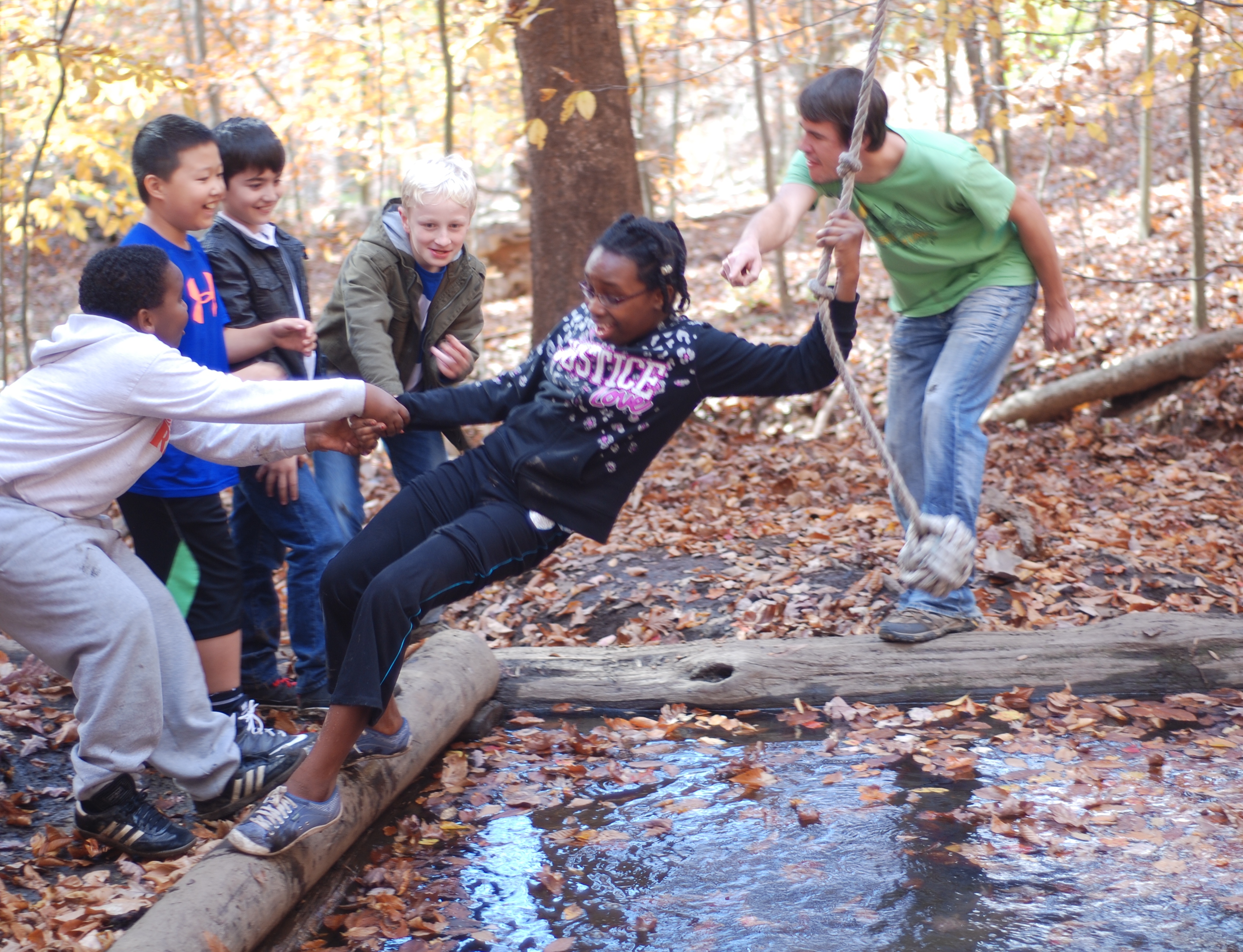
Children literally thrive by challenging their bodies. When their bodies aren’t challenged, they fall behind in their development.

Without adequate gross motor strength, coordination, and control, it becomes very difficult to master fine motor skills, such as buttoning a shirt, cutting with scissors, and taking off shoes.
We start to develop core strength as infants. If children are given frequent opportunities to be on the floor as babies, especially on their bellies, they will start to develop their core muscles. For instance, when babies are given “tummy time”, they learn to start lifting their head up. This develops the muscles in the neck and back. The neck muscles need to be strengthened to support better looking and listening.
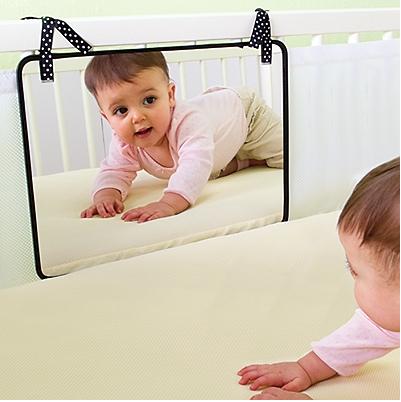
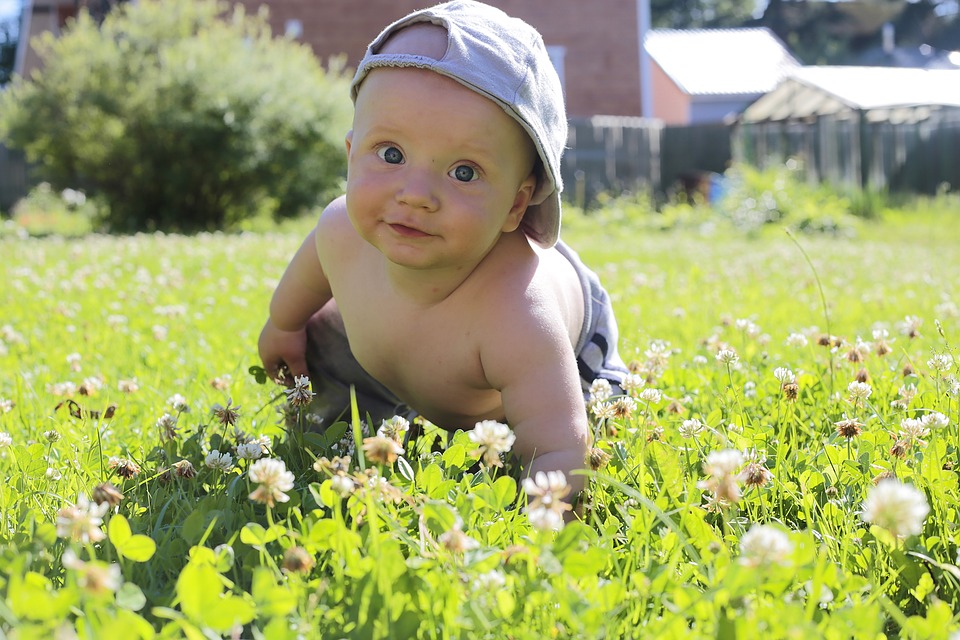
The inner core (muscles of the hips, spine, pelvic floor, and diaphragm) establishes the midline! Without good core strength, there is no perception of center – no anchor on which to support smooth and efficient body movements.
For babies, crawling strengthens and develops the arches in the hands, later needed to grasp small objects (and to write).

Proprioception regulates how much force you need to use when completing tasks, such as peeling a boiled egg, without crushing it, holding a baby chick without squeezing too hard, and writing with a pen without ripping the paper.
Although all children are born with the capacity for healthy sensory integration, they must develop sensory integration by experiencing many physical challenges during childhood.
Children learn best through hands-on and meaningful play experiences – something that is significant or important to the specific individual. When children can make connections with something that interests them, they are far more likely to engage with all their senses. When their senses are engaged, they are strengthening their sensory skills. And strong sensory integration results in a higher incidence of learning.
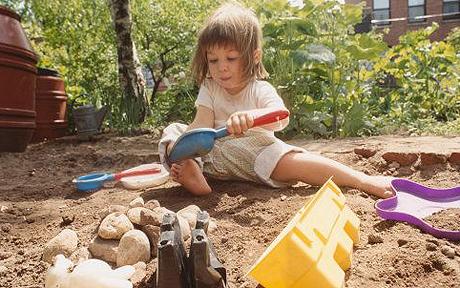
The increase in how much time the school system expects children to sit is due to the expectations of teachers to fit in more and more curriculum at an earlier age. In fact, even kindergartners are expected to sit for thirty minutes at a time at many schools. Teachers are under constant pressure to produce “results” in their students. By the end of kindergarten, children are expected to read, write, add, and subtract; if they don’t learn these skills, the children have failed, along with the teacher.
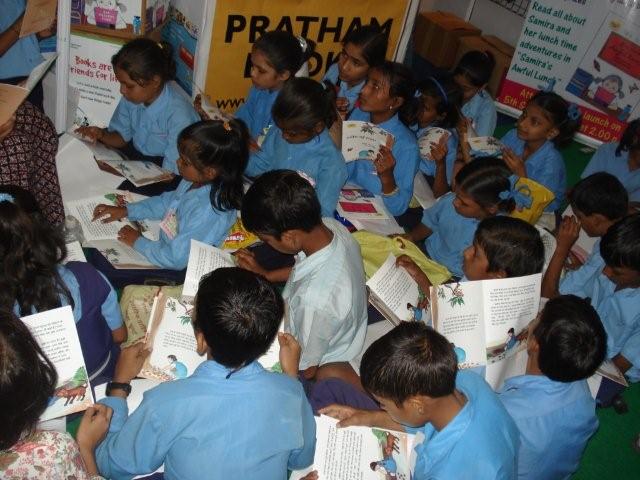
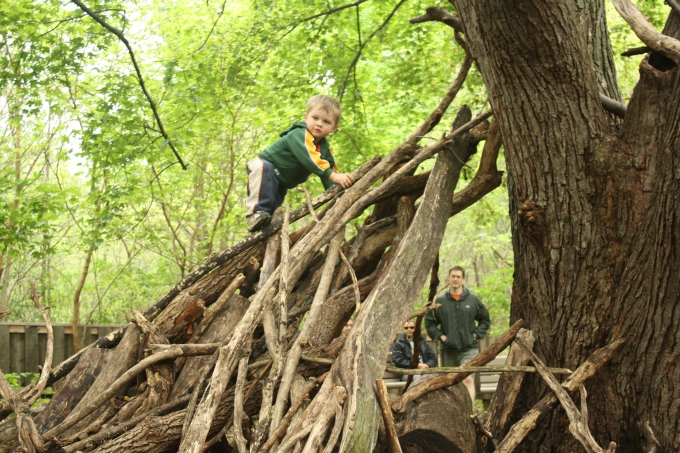
Busy routines leave little time for free pay outdoors – the type of play that re-balances them and gives them respite away from an unnecessarily demanding world.
Organized sports can be an okay way for kids to get exercise, but they should be a supplement to active free play. Sports should be the icing on the cake, not the cake, when it comes to providing an environment for kids to thrive developmentally.
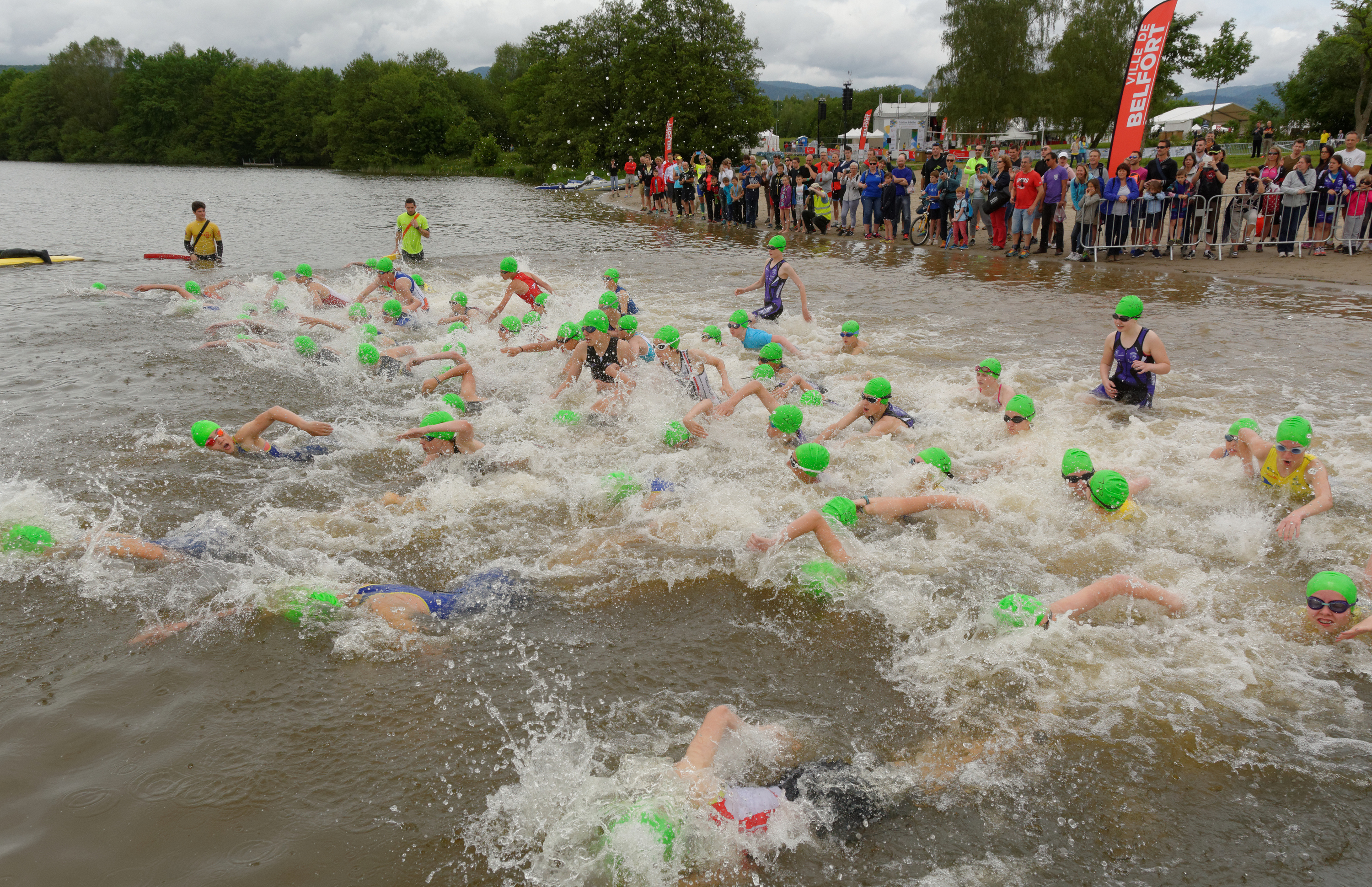
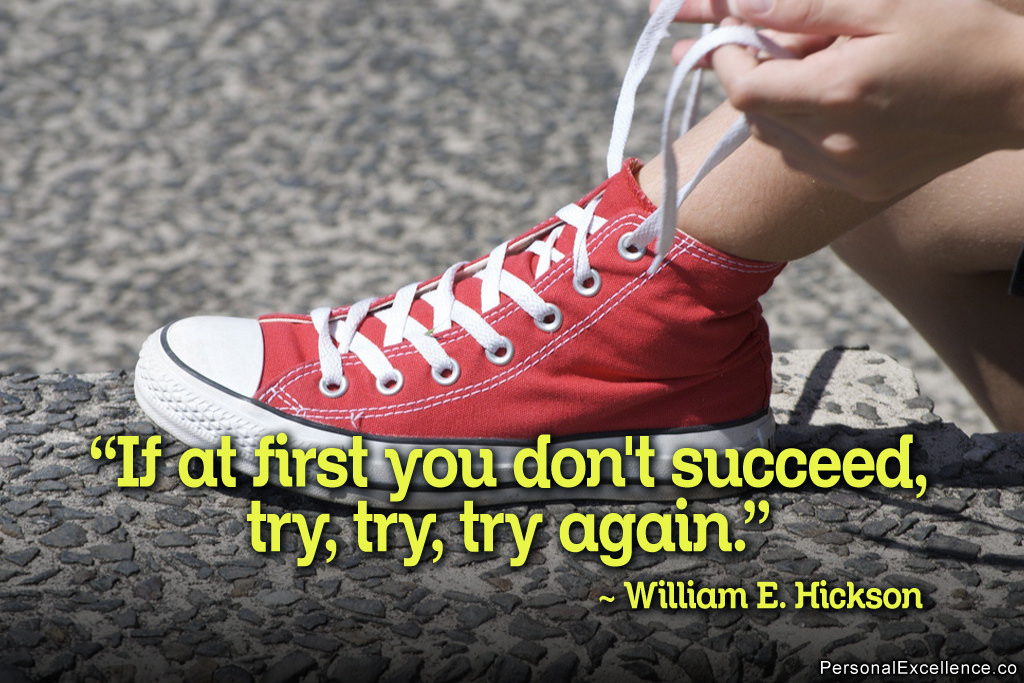
Children need to experience failure which is necessary to develop the skills of persistence, control, and hard work.
Interpersonal intelligence needs to be learned through real-life experiences; it can’t be taught through textbooks or lectures.
The vestibular sense is necessary for attention, balance, eye control, and postural strength and more. Spinning in circles is one of the best activities to help children gain a good sense of body awareness. It basically establishes their center, or core. Until children have good awareness of where their center is, they will have trouble establishing a dominant side for writing and throwing, and coordinating the two sides of the body will be difficult. This is why it is important to allow your child to roll down hills and spin in circles just for fun.
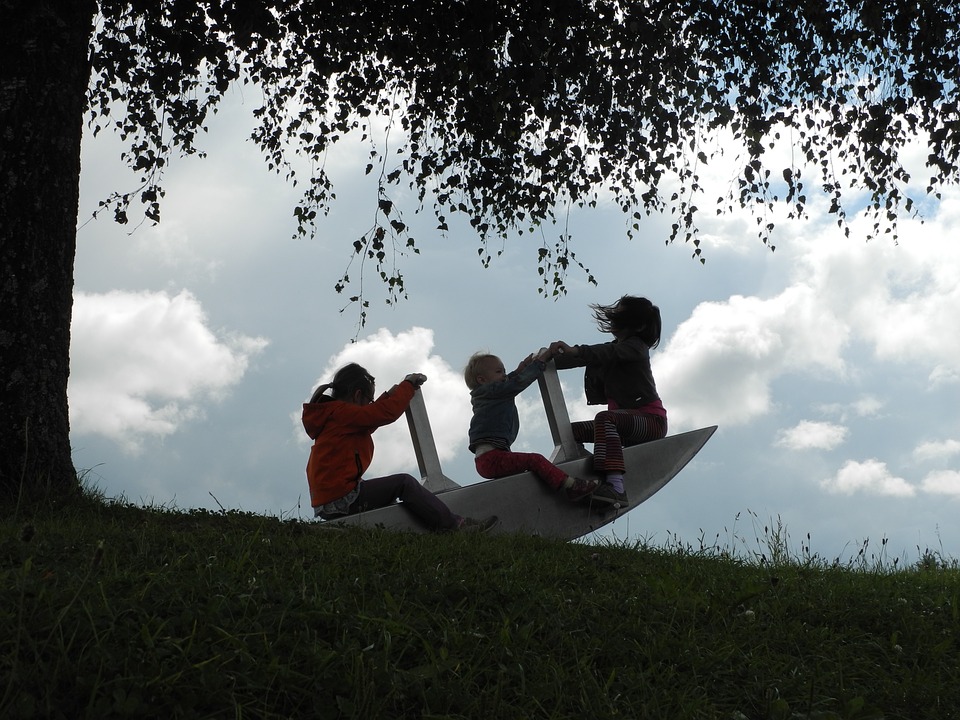
The lymphatic system is vital for maintaining a healthy immune system. However, unlike the circulatory system, it doesn’t have a pump and moves only in one direction. This means it relies on the movement of our muscles and our diaphragm (muscle that aids deep breathing) to effectively replenish the system and get rid of toxins. If a lymph system becomes less active due to lack of movement, the body can be less protected against colds and illnesses.
Children in highly decorated classrooms are more distracted, spend more time off task, and demonstrate smaller learning gains when compared to when they were in classrooms with blank walls. Keeping things simple, as nature has already done for us, can assist with learning.
Reclaiming Childhood:Letting Children Be Children in Our Achievement Oriented Society



